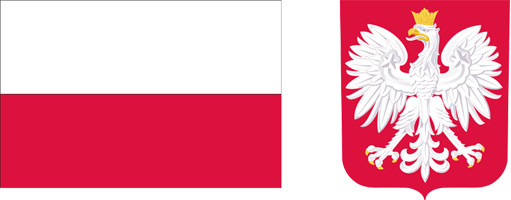Current issue
Archive
About the Journal
Aims and Scope
Editorial Board/Editorial Team
List of reviewers
Publishing process
Publishing Ethics and Malpractice Statement
Personal data protection (GDPR)
Creative Commons License
CrossRef Member / Similarity Check
For Authors
Call for papers
Guidelines for authors
Submitting a manuscript through the editorial system – step by step
For Reviewers
Peer review process
Guidelines for reviewers
Submitting a review – step by step
Contact
RESEARCH PAPER
LIQUIDITY AND PROFITABILITY OF MEAT PROCESSING ENTERPRISES IN POLAND
1
Warsaw University of Life Sciences, Faculty of Economics, Warsaw, Poland
2
Technical University of Ostrava, Czech Republic
Submission date: 2021-05-17
Final review date: 2021-07-01
Acceptance date: 2021-10-01
Publication date: 2021-12-23
Zagadnienia Ekonomiki Rolnej / Problems of Agricultural Economics 2021;369(4):135-153
KEYWORDS
TOPICS
ABSTRACT
The research aimed to identify changes in the level of liquidity and profitability
of meat industry enterprises and determine the relationship between liquidity
and profitability in this industry. The authors made a hypothesis that
there is a positive relationship between the liquidity and profitability of meat
enterprises, which means that along with the increase in financial liquidity
the profitability of enterprises increased. The research used information from
meat processing and preservation companies, except poultry, employing more
than nine persons. The analysis covered companies that were obliged to submit
financial statements to the National Court Register. In 2007, there were 467
such enterprises in Poland and 316 in 2018. The descriptive statistics, Pearson
correlation coefficient, and linear regression analysis were used in the data
analysis. The analyses show that the number of meat businesses in Poland is
decreasing as a result of their consolidation and winding-up due to the difficult
financial situation. The average current liquidity ratio of the enterprises
analyzed between 2007 and 2018 remained at a satisfactory level from 1.054 to
1.49. The research shows a significant correlation between current and quick
liquidity ratios and returns on assets and equity. The highest level of correlation
occurred between the quick liquidity ratio and the asset profitability ratio.
The profitability of meat enterprises in the long term is associated with maintaining
financial liquidity. In turn, maintaining the ability to meet current obligations
requires a rational management of profit and working capital.
Share
RELATED ARTICLE
We process personal data collected when visiting the website. The function of obtaining information about users and their behavior is carried out by voluntarily entered information in forms and saving cookies in end devices. Data, including cookies, are used to provide services, improve the user experience and to analyze the traffic in accordance with the Privacy policy. Data are also collected and processed by Google Analytics tool (more).
You can change cookies settings in your browser. Restricted use of cookies in the browser configuration may affect some functionalities of the website.
You can change cookies settings in your browser. Restricted use of cookies in the browser configuration may affect some functionalities of the website.



